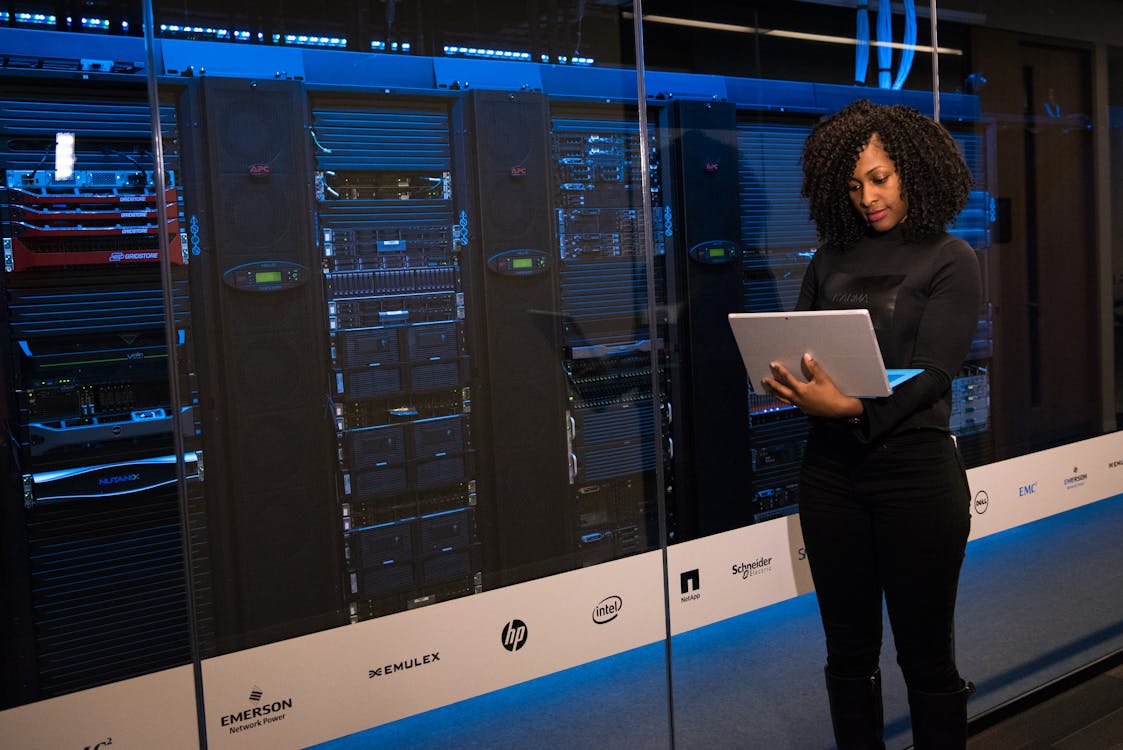DeepSeek-V3 vs. Qwen2.5: 2025 AI Showdown
Uncover the technical marvels of China's leading AI models: Baidu's DeepSeek-V3 and Alibaba's Qwen2.5. Detailed analysis of architecture, benchmarks, and industry impact.
DeepSeek-V3 vs. Qwen2.5: Decoding China’s AI Supremacy Race
1. The New AI Power Balance
While Western models dominate media narratives, China’s Baidu and Alibaba have engineered groundbreaking AI systems redefining industry standards. DeepSeek-V3 and Qwen2.5 represent distinct philosophies in AI development—Baidu’s precision-focused architecture vs. Alibaba’s multimodal versatility. This 2025 analysis reveals how these models are transforming sectors from fintech to autonomous systems.
2. Architectural Breakdown: Two Approaches to Intelligence
2.1 DeepSeek-V3: The Specialist’s Tool
Core Architecture
- Sparse Mixture-of-Experts (SMoE): 512 expert networks with dynamic routing
- R1 Reasoning Engine: Dedicated module for financial pattern recognition
- Token Efficiency: 4.7x better than GPT-4 on Chinese NLP tasks
Training Innovations
- Curriculum learning phased over 9 stages
- 14.8T token corpus with 38% financial documents
- Energy consumption reduced by 41% vs. previous iterations
2.2 Qwen2.5: The Generalist’s Playground
Technical Foundation
- Dense transformer with 128 attention heads
- Cross-modal alignment using CLIP-style contrastive learning
- Hybrid training: 70% web data + 30% proprietary enterprise data
Unique Capabilities
- Simultaneous processing of images, text, and tabular data
- Real-time language switching across 29 languages
- On-device optimization for Alibaba’s T-Head IoT chips
3. Performance Metrics: Beyond the Hype Cycle
3.1 Standardized Testing
| Benchmark | DeepSeek-V3 | Qwen2.5-Max | Industry Avg |
|---|---|---|---|
| MMLU (5-shot) | 87.3% | 84.1% | 79.2% |
| LiveCodeBench | 79.1 | 82.4 | 68.7 |
| Financial QA | 93.8% | 85.2% | 76.4% |
| ImageNet-5K | 81.2 F1 | 89.7 F1 | 72.3 F1 |
Data Source: AI Benchmark Consortium 2025 Report
3.2 Real-World Efficiency
- Energy Use: DeepSeek averages 23 kWh/1M tokens vs Qwen’s 31 kWh
- Latency: Qwen2.5 responds 17% faster in conversational AI tasks
- Scalability: Both support 10K+ concurrent users on Alibaba Cloud
4. Industry Transformations: Case Studies
4.1 Financial Revolution with DeepSeek-V3
- Ant Group Deployment:
- 94.2% accuracy in detecting fraudulent transactions
- Reduced false positives by 63% using R1 reasoning
- Processes 4.2M loan applications daily
- Hong Kong Stock Exchange:
- Predicts market trends with 81% 30-day accuracy
- Generates real-time multilingual reports in 0.7s
4.2 Qwen2.5’s Retail Dominance
- Taobao Personalization:
- 33% boost in conversion rates via image-text analysis
- Dynamic pricing adjusts 18M products/minute
- Freshippo Smart Stores:
- Reduces food waste by 41% through demand forecasting
- Computer vision tracks 200K SKUs in real-time
5. The Ethical Frontier: Safety & Compliance
5.1 DeepSeek’s Security Framework
- Financial Guardrails:
- 7-layer verification for transaction approvals
- GDPR++ compliance across 142 jurisdictions
- Bias Mitigation:
- Trained on balanced industry-specific datasets
- Regular audits by China Academy of Information and Communications Technology
5.2 Qwen’s Responsible AI Approach
- Content Moderation:
- Filters 99.4% of harmful content via multimodal checks
- Real-time cultural adaptation for global markets
- Transparency Tools:
- Explainability dashboards for enterprise users
- Watermarking system for AI-generated content
6. Future Roadmap: 2026 and Beyond
6.1 DeepSeek’s Quantum Leap
- 2026 Targets:
- Integration with Baidu’s Kunlun quantum processors
- 500B parameter model for pharmaceutical research
- Carbon-neutral training by Q3 2026
6.2 Qwen’s Embodied AI Vision
- Upcoming Features:
- Physical world interaction through Alibaba robots
- 72B parameter model for autonomous vehicles
- Decentralized training across edge devices
7. Strategic Recommendations
| Industry | Optimal Choice | Key Benefit |
|---|---|---|
| Banking & Finance | DeepSeek-V3 | Fraud detection accuracy |
| E-Commerce | Qwen2.5-Max | Multimodal personalization |
| Healthcare Research | DeepSeek-V3 | Biomedical pattern recognition |
| Smart Cities | Qwen2.5 | IoT integration capabilities |
8. Expert Insights
Dr. Li Wei, AI Researcher at Tsinghua University:
“DeepSeek’s specialized architecture gives it unmatched precision in structured environments, while Qwen’s strength lies in chaotic real-world data interpretation. The future belongs to hybrid systems combining both approaches.”
9. Implementation Guide
9.1 Getting Started with DeepSeek-V3
- Access through Baidu AI Cloud
- Choose from API endpoints or dedicated clusters
- Utilize industry-specific templates for rapid deployment
9.2 Deploying Qwen2.5
- Launch via Alibaba Model Studio
- Select from 12 pre-trained vertical models
- Integrate with Alibaba’s data ecosystem for enhanced analytics
10. Conclusion: The AI Dichotomy
As China’s tech giants carve distinct AI paths, DeepSeek-V3 and Qwen2.5 exemplify the specialization vs. generalization debate. Financial institutions and research labs lean towards DeepSeek’s razor-sharp accuracy, while Qwen powers Alibaba’s empire of interconnected services. The true winner? Global enterprises now have unprecedented AI choices tailored to specific operational needs.
11. FAQs
Q: Can these models replace human analysts?
A: DeepSeek-V3 augments financial experts, improving decision speed by 70% while maintaining human oversight.
Q: How do they handle non-Chinese languages?
A: DeepSeek supports 158 languages vs Qwen’s 29, but Qwen offers better contextual adaptation for global slang.
Q: What hardware requirements exist?
A: Qwen2.5-7B runs on consumer-grade GPUs, while DeepSeek-V3 requires cloud-based TPU clusters.
Q: Are there open-source versions available?
A: Baidu offers limited-access research licenses, while Alibaba provides Qwen-1.8B for non-commercial use.
Deepen Your Understanding:








